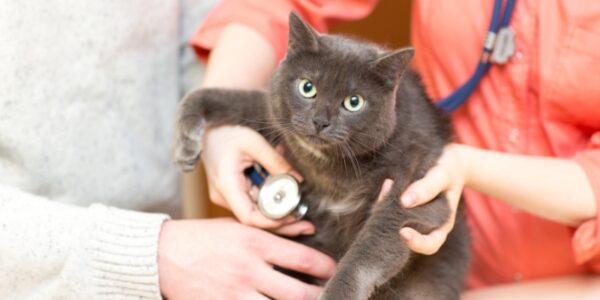Posted on: 08 Dec 2016
October to March is snake season in Melbourne – our pets are most at risk from tiger and brown snakes. …
Posted on: 08 Dec 2016
Along with all the benefits of living in the most liveable city in the world, not having to worry about …


